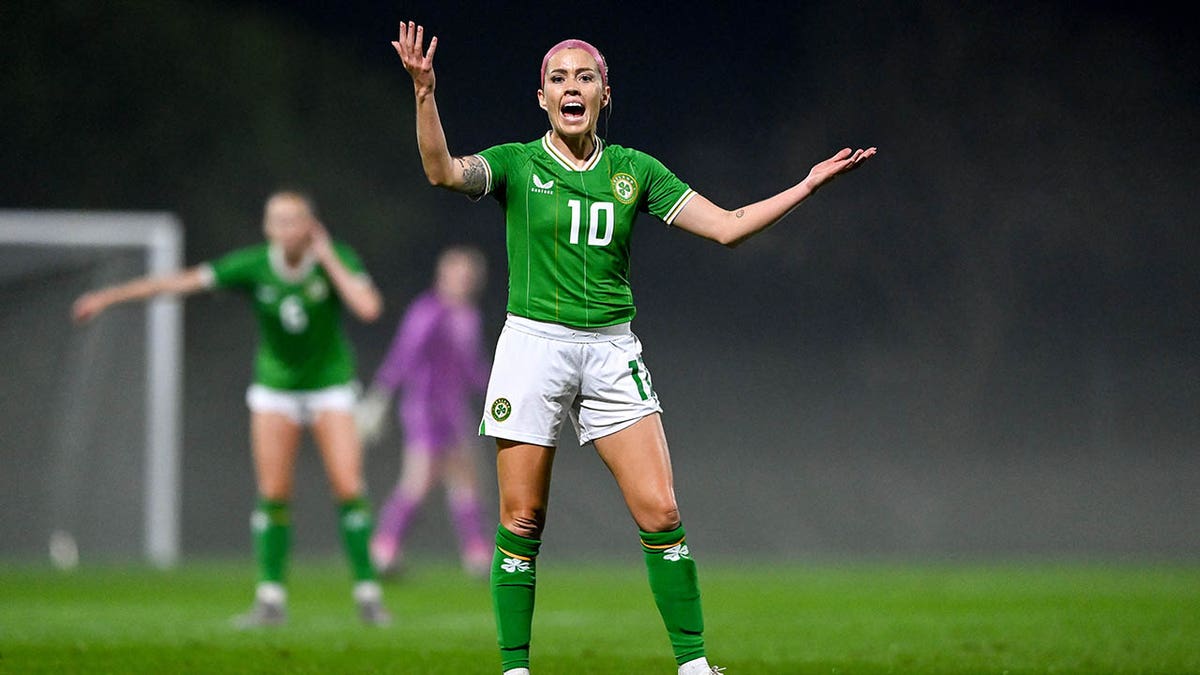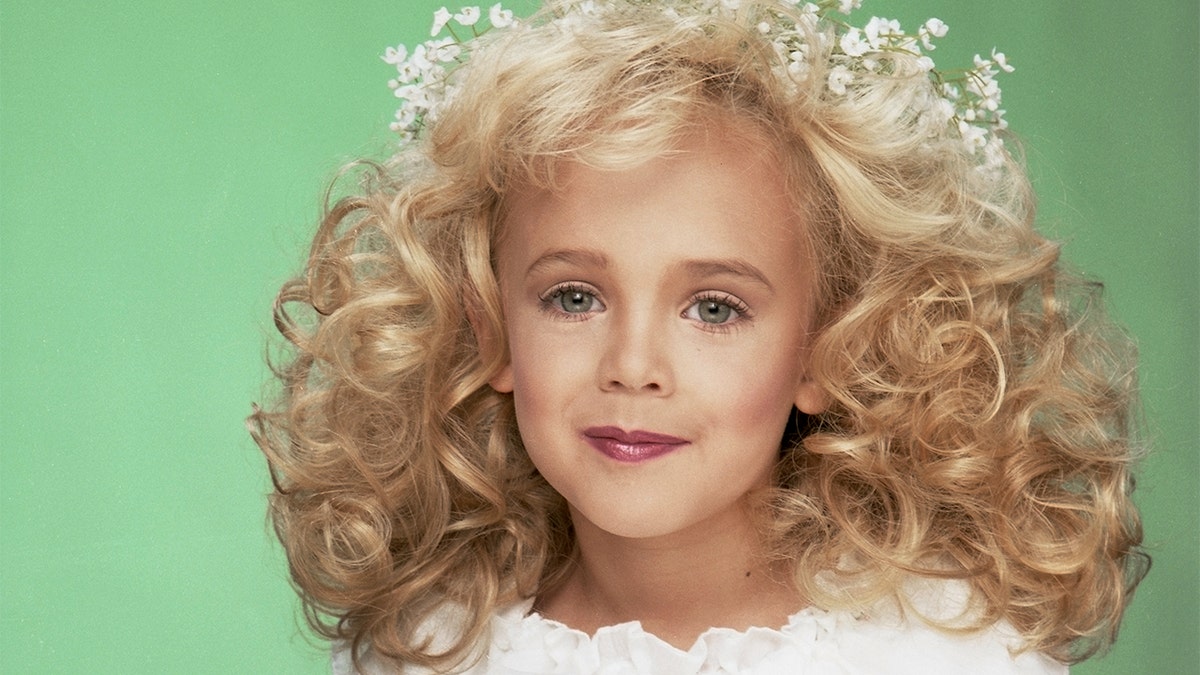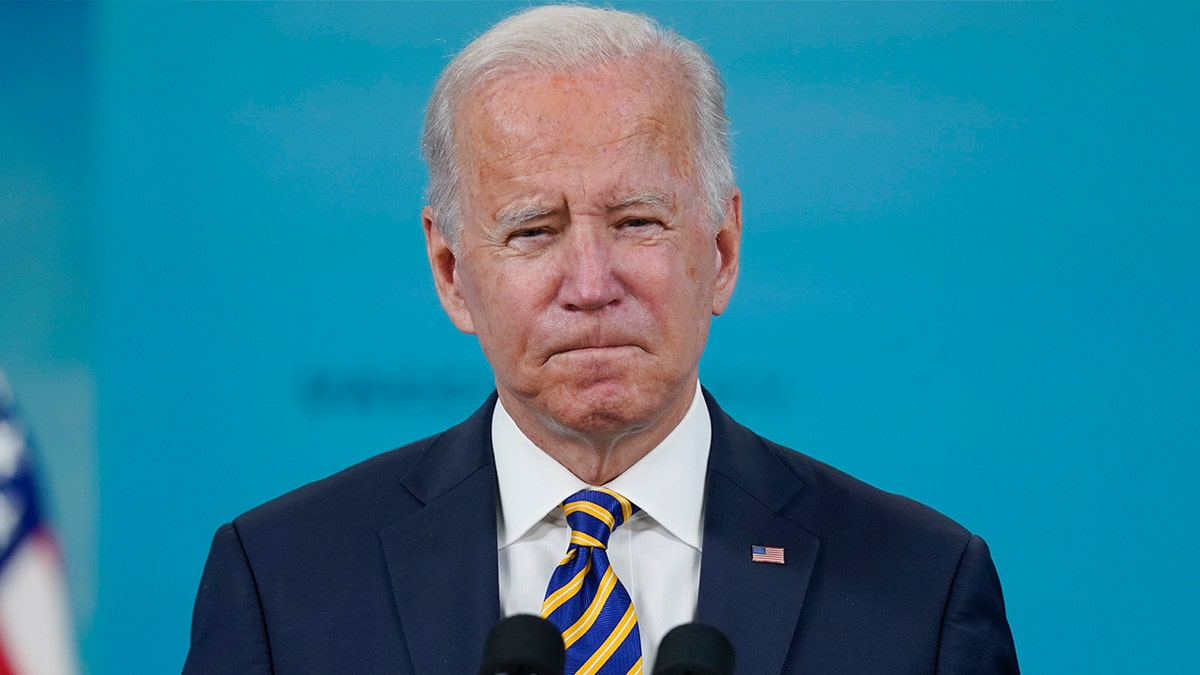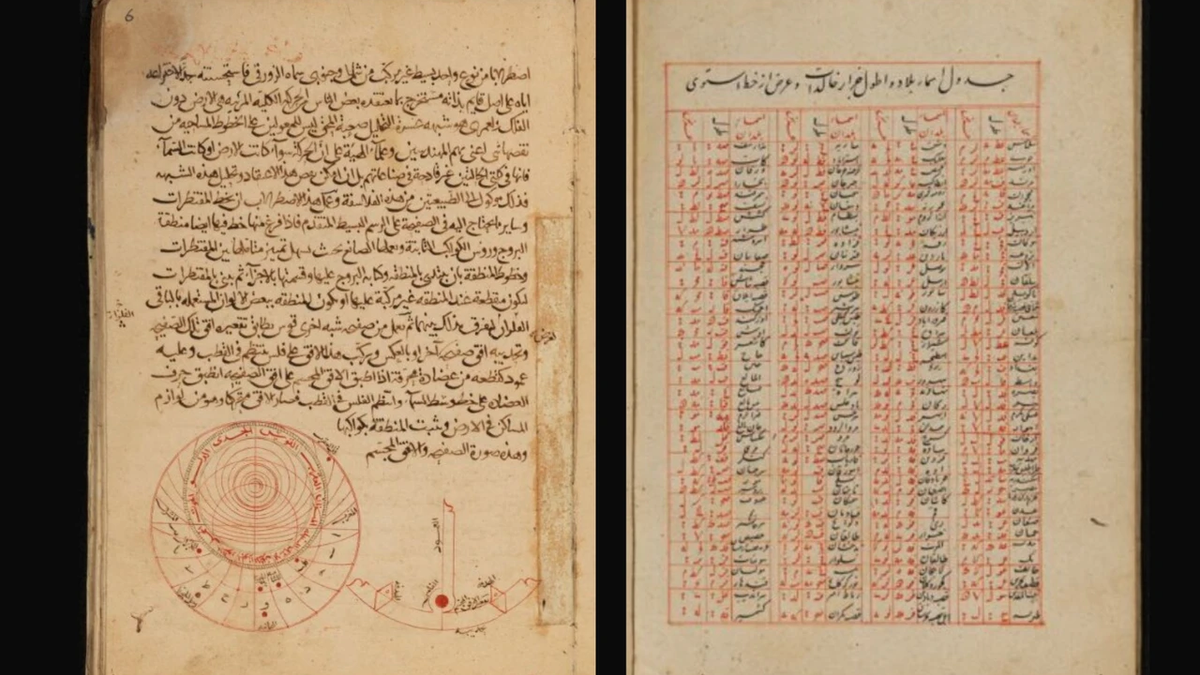FIFA President Gianni Infantino recently addressed concerns regarding the guaranteed distribution of $30,000 payments to each player participating in the Women's World Cup. While FIFA has committed to these payments, the distribution process involves national federations, raising questions about ensuring the money reaches the players. Infantino stated that FIFA is actively working with these federations to facilitate the process.

This payment could be transformative for many players, especially considering the average annual salary for professional female soccer players globally is $14,000. The payment structure escalates based on team performance, with each player on the winning team receiving $270,000.
Infantino acknowledged the logistical challenges, such as residency and tax implications, which are best navigated by the individual federations. He emphasized ongoing consultations with associations and players to ensure a smooth process.

This financial commitment represents a significant step, with half of the $110 million World Cup prize money allocated directly to the players. This prize pool is over three times larger than the $30 million awarded at the 2019 Women's World Cup. The global players’ union, FIFPRO, advocated for this change, pushing FIFA to earmark a portion of the prize money for the players. In October, they sent a letter to FIFA on behalf of players from 25 national teams, demanding fairer conditions and increased prize money.

Despite these advancements, a significant gap remains compared to the $440 million awarded at the men's World Cup in 2022. Infantino expressed FIFA's aim to achieve prize money parity by the 2026 men's and 2027 women's World Cups.
This year's Women's World Cup is projected to generate $500 million in revenue, allowing FIFA to break even. For the first time, the commercial rights for the Women's World Cup were sold independently from the men's tournament.
The tournament commenced with matches featuring both co-hosts. New Zealand faced Norway in Auckland, while Australia played against Ireland in Sydney.








